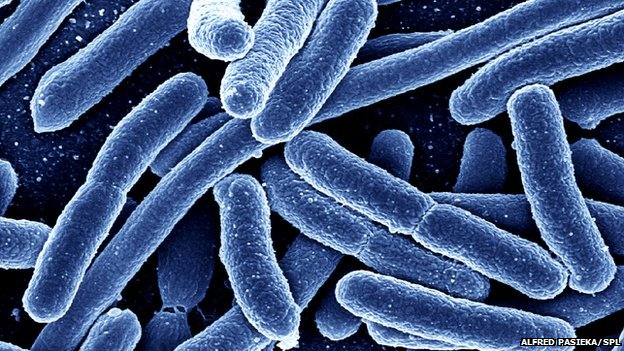Antibiotic resistance is spreading faster than the introduction of new compounds into clinical practice, causing a public health crisis. Most antibiotics were produced by screening soil microorganisms, but this limited resource of cultivable bacteria was overmined by the 1960s. Synthetic approaches to produce antibiotics have been unable to replace this platform. Uncultured bacteria make up approximately 99% of all species in external environments, and are an untapped source of new antibiotics. Researchers (part of them from NovoBiotic Pharmaceuticals) developed several methods to grow uncultured organisms by cultivation in situ or by using specific growth factors. They reported a new antibiotic that is named teixobactin, discovered in a screen of uncultured bacteria. Teixobactin inhibits cell wall synthesis by binding to a highly conserved motif of lipid II (precursor of peptidoglycan) and lipid III (precursor of cell wall teichoic acid). No mutants of Staphylococcus aureus or Mycobacterium tuberculosis resistant to teixobactin were observed. The properties of this compound suggest a path towards developing antibiotics that are likely to avoid development of resistance.




